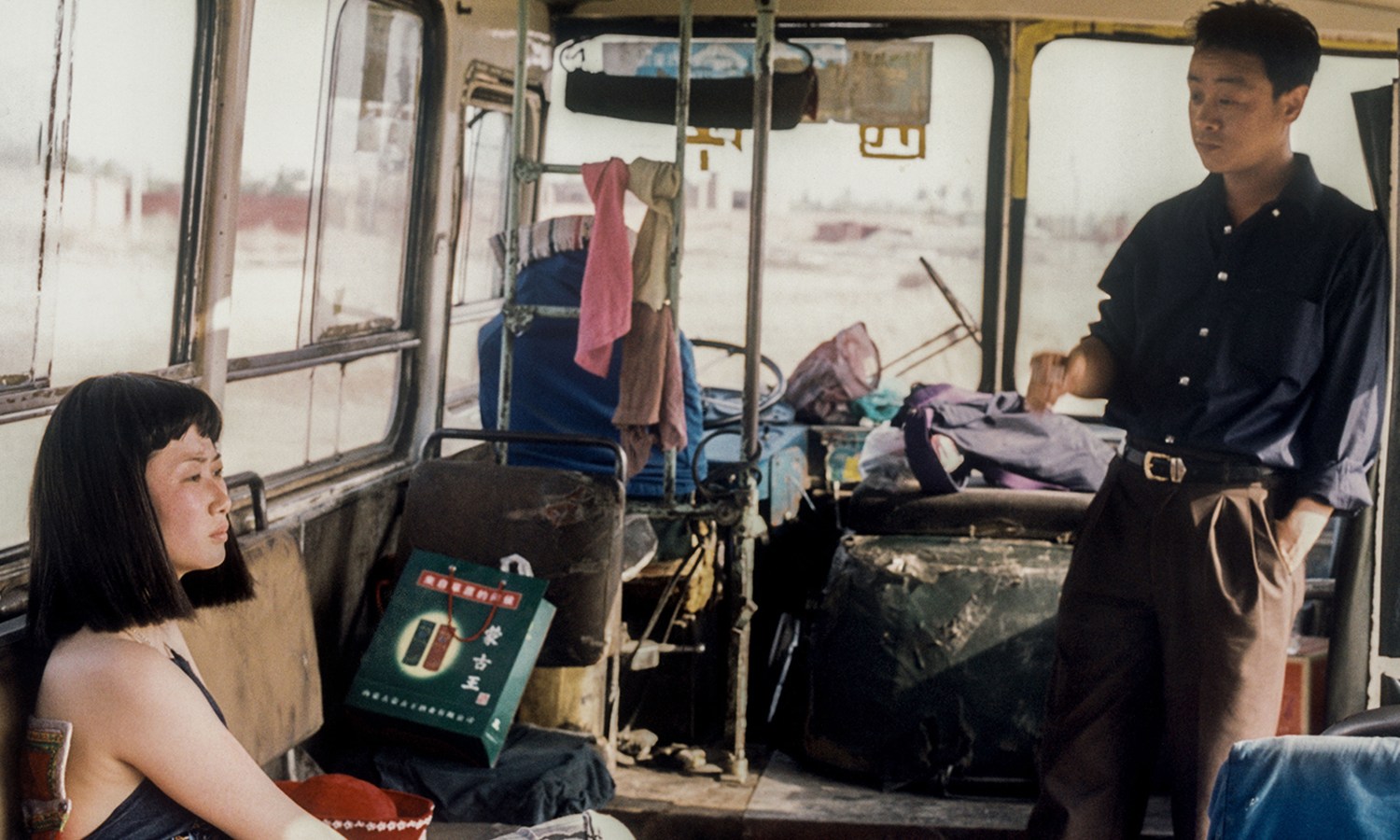In the early months of 2003, a film that had been building buzz on the festival circuit the year before began to make its way to American arthouses. A story of twentysomethings caught up in petty crime and the punishment of perpetual restlessness — and blessed with the English title Unknown Pleasures — it was the fourth feature from writer-director Jia Zhangke. The movie sprinkled flecks of genre flicks into a narrative rendered with a no-frills realist aesthetic; the fact that Jia shot it using early 2000s digital video made you feel like you were watching either an on-the-fly documentary and a lo-fi underground film. For a lot of us in the West, this was our first exposure to the work of someone who’d become arguably the most significant Chinese filmmaker of the 21st century and inarguably one of the most vital figures in world cinema. It was the kind of transformative introduction you crave if you’re addicted to the idea of movies as cultural passports. You went into Unknown Pleasures curious about an import named after a Joy Division album. You walked out a changed person.
Over the past two decades, Jia has burnished his reputation with a variety of shorts, docs and fictional stories that run the gamut from violent thrillers (A Touch of Sin, Ash Is Purest White) to melancholic social tragedies (Still Life, Mountains May Depart). He’s consistently cast a cold, yet never chilly eye at his native country’s evolutions, devolutions and detours, with one orb always on the human beings swept up in and/or desperately swimming to keep pace with the waves of change. Caught by the Tides is a continuation of his fascination regarding what happens to everyday people when a nation aims at the moving target of modernity, but it’s also a callback. Crafted during the Covid lockdowns from over 20 years worth of footage, it connects disparate bits and pieces of Jia’s back catalog into a moving, scrapbook-like look back at his career, his homeland, and the brief history of a century still in flux. On paper, the endeavor sounds like the equivalent of a B-sides and rarities compilation. On screen, it plays like a sucker-punch masterpiece.
The tour guide gently moving you through time and space — via formerly discarded scenes, alt-takes of shots used in previous films and ambient vérité clips — will be awfully familiar to those who know the director’s work. A longtime collaborator as well as a life partner, Zhao Tao has starred in most of Jia’s films since 2000’s Platform. When she first shows up here, it’s as a reprise of her Unknown Pleasures character Qiao Qiao, a young woman with a bob haircut, a studied air of boredom and a day job as a dancer at corporate events. You might also recognize Li Zhubin, who played her brutish hustler of a boyfriend; his exact place in the local thug pecking order is never stated, but he’s definitely criminal-adjacent. The first act essentially draws from footage that the three of them shot during that era, giving you a snapshot of a moment long faded away in the rearview mirror.
We watch the Qiao Qiao’s relationship with her beau disintegrate once again, the twosome stuck in the same loop they were 20 or so years ago. Then we fast-forward to 2006 — the year that Jia shot Still Life, his character study about two people searching for lost spouses in the rapidly terraforming area by the Yangtze river known for housing the Three Gorges Dam Project. (Zhao and Li were in that film, too.) Qiao is slightly older, less pouty, more pensive. As for her ex-sweetheart, he’s moved from illegal activities to the equally immoral world of real estate. She tries to reconnect, or possibly rekindle things; given the largely formless, drift-like-the-tides nature of Caught‘s storytelling, it’s tough to pin the nature of some plot elements down. Things fall apart. The center either can’t or simply won’t hold. Time marches on with a shrug.
Zhao Tao in ‘Caught by the Tides.’
Sideshow/Janus Films
All the while, we’re watching the rural provinces, small towns and bustling cities of modern China morph, mutate, deteriorate, build themselves back up, rinse, and repeat in the background. Milestones such as space missions and the Olympics come and go. The songs you hear people singing in night clubs, at outdoor pageants accompanying product launches and — in a wonderful moment taken from an aborted nonfictional project Jia worked on — at gatherings of old friends don’t stay the same, but the uplift, the nostalgia and the hope for better tomorrows all remain the same. The only constant is change, and the passing of years. In press notes for the movie, the filmmaker says he’d view old, unused footage every so often and “the images grow distant as I can feel the time they record slip away.” That Jia could make anything out of that flotsam and jetsam is astonishing, but his ability to not only recreate those time frames but craft all of it into a woozy, free-floating memory piece is miraculous.
Then comes the last act, with the abundance of masks and medical protocols instantly earmarking this as being shot as China in mid-pandemic. Monetizing social media is the new de rigeur hustle. Like the actors who play them, the characters have aged. A reunion is staged, and you’re reminded that the greatest gift the movies ever gave us with the close-up. (Not even a nonsurgical N95 can keep Zhao from proving she’s an incredible, and incredibly less-is-more-expressive actor.) You can feel the cumulative weight building. And then Caught by the Tides ends with a gesture both collective and individualistic, one so attuned to what the director and his stars have been doing all along that you can’t help but gape. It’s the witnessing of running headfirst into the unknown pleasures and pitfalls that the future — some sort of future — will bring as new waves rush in, while also exemplifying the need to beat on, boats against the current, borne ceaselessly into the past.



